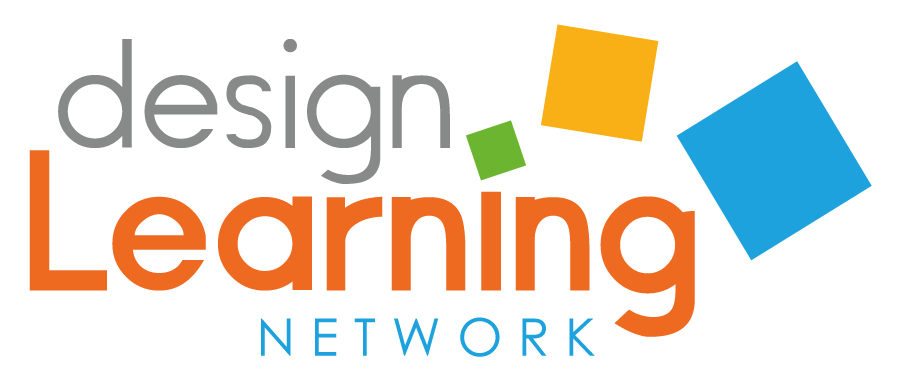Step 2 - Describe, Develop challenge brief (project)
2.1 Define the Challenge
Students transpose the problem statement into a human-centered design challenge – with the intent of producing a purposeful, creative, and innovative design solution
2.2 Ask Critical Question(s)
Learners pose a well-crafted critical question to guide the design learning process – one that embraces divergent thinking and is anchored in real-world context
2.3 Sort Habits of Mind
Students observe and study the context, needs, and wants of end users and stakeholders – habits of mind directly link to targeted problem set
2.4 Select Perspective
Learners choose one perspective in which to design your solution – art, design, humanities, science, technology, engineering, or math
2.5 Select Ecosystem Pathway
Students select one Ecosystem Pathway to Imagine Life the Year 2050 – home, work, learning, health, community, mobility, play, or agriculture
2.6 Consider Upcycling Source
Learners consider resources for upcycling design materials – such as reused materials, food cans, plastic bags, paper envelopes, clothing, etc.
2.7 Engage Content Experts
Students engage in dialogue with content experts – gain greater understanding of the context of the problem set being challenged
2.8 Check Assumptions
Learners generate a list of presumptions early in the process – then check resulting assumptions by gathering input and feedback from end users and stakeholders
